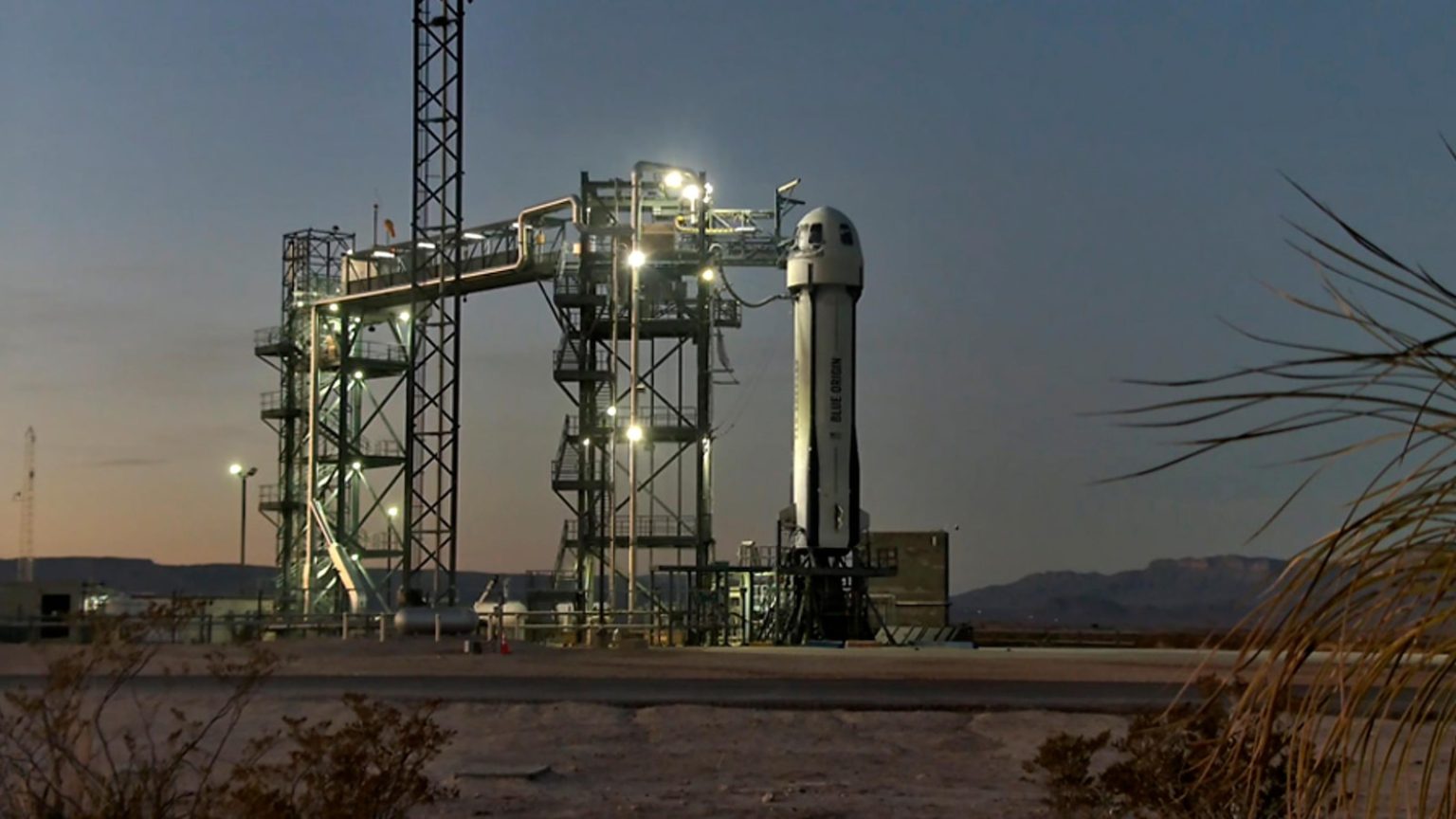Blue Origin and NASA Team Up to Simulate Lunar Gravity in Suborbital Flight
A Giant Leap for Lunar Research: Blue Origin’s Latest Mission
In an exciting move that brings humanity one step closer to returning to the moon, Jeff Bezos’ Blue Origin successfully launched a suborbital mission on Tuesday, simulating lunar gravity and testing critical technologies for future moon exploration. The mission, conducted from the company’s launch facility in West Texas, carried 29 cutting-edge experiments designed to address some of the most pressing challenges of lunar exploration. By mimicking the moon’s gravity—which is one-sixth of Earth’s—Blue Origin and NASA aimed to accelerate research and development in a cost-effective way, paving the way for longer and more ambitious missions to the lunar surface.
Experiments Aimed at Solving Lunar Challenges
The payloads on board the New Shepard rocket included a variety of experiments, many of which were sponsored by NASA. These innovative projects focused on tackling issues such as lunar dust mitigation, a critical concern for future moonwalkers. Lunar dust is notoriously fine and abrasive, posing risks to both astronauts and equipment. By testing new materials and technologies, scientists hope to develop spacesuits and tools that can withstand the harsh lunar environment. Additionally, the mission provided a unique opportunity to test equipment under artificial lunar gravity, allowing researchers to identify and address potential issues before they are deployed on actual moon missions.
Spinning into the Future: Creating Artificial Gravity
This mission marked Blue Origin’s first attempt at simulating lunar gravity, achieved by spinning the capsule during its flight. The brief but crucial moments of artificial gravity allowed scientists to study how various systems and materials perform inSuch conditions. According to Blue Origin CEO Dave Limp, this capability not only enhances research efficiency but also opens the door to simulating other gravitational environments in the solar system, such as those found on Mars. By perfecting this technology, Blue Origin is laying the groundwork for future missions that could one day explore multiple celestial bodies, from the moon to the Red Planet.
A Cost-Effective Path to Space Exploration
The 10-minute flight, which concluded with the successful landing of the New Shepard rocket and its capsule in the Texas desert, demonstrated the versatility and reliability of Blue Origin’s suborbital launch system. By leveraging short, repeatable spaceflights, researchers can conduct valuable experiments at a fraction of the cost of orbital missions. This approach not only accelerates the development of lunar technologies but also sets the stage for a sustainable model of space exploration. As Blue Origin and NASA continue to collaborate, these efforts could pave the way for more frequent and affordable access to space, benefiting both scientific research and future human settlements.
Building a Foundation for the Moon and Beyond
The success of this mission underscores the importance of public-private partnerships in advancing space exploration. Blue Origin’s New Shepard rocket, which alternates between carrying passengers and payloads, has proven itself to be a valuable asset in the quest to return humans to the moon. Meanwhile, the company’s larger orbital rocket, New Glenn, made its debut launch last month from Cape Canaveral, Florida, marking another milestone in Blue Origin’s ambitious plans for space travel. Together, these efforts highlight the potential of private industry to complement NASA’s initiatives and drive innovation on a global scale.
Looking Ahead: The Future of Lunar and Space Exploration
As Blue Origin and NASA continue their collaboration, the lessons learned from this mission will play a pivotal role in shaping the future of lunar exploration. By addressing the challenges of lunar gravity and dust, researchers are taking essential steps toward making future moon missions safer, more efficient, and more sustainable. The ability to simulate lunar conditions on Earth—or in suborbital flights—represents a significant advancement in space science, offering insights that could one day benefit humans living and working on the moon. With each successful mission, the dream of establishing a permanent human presence on the lunar surface moves closer to reality, inspiring new generations of scientists, engineers, and explorers to reach for the stars.















